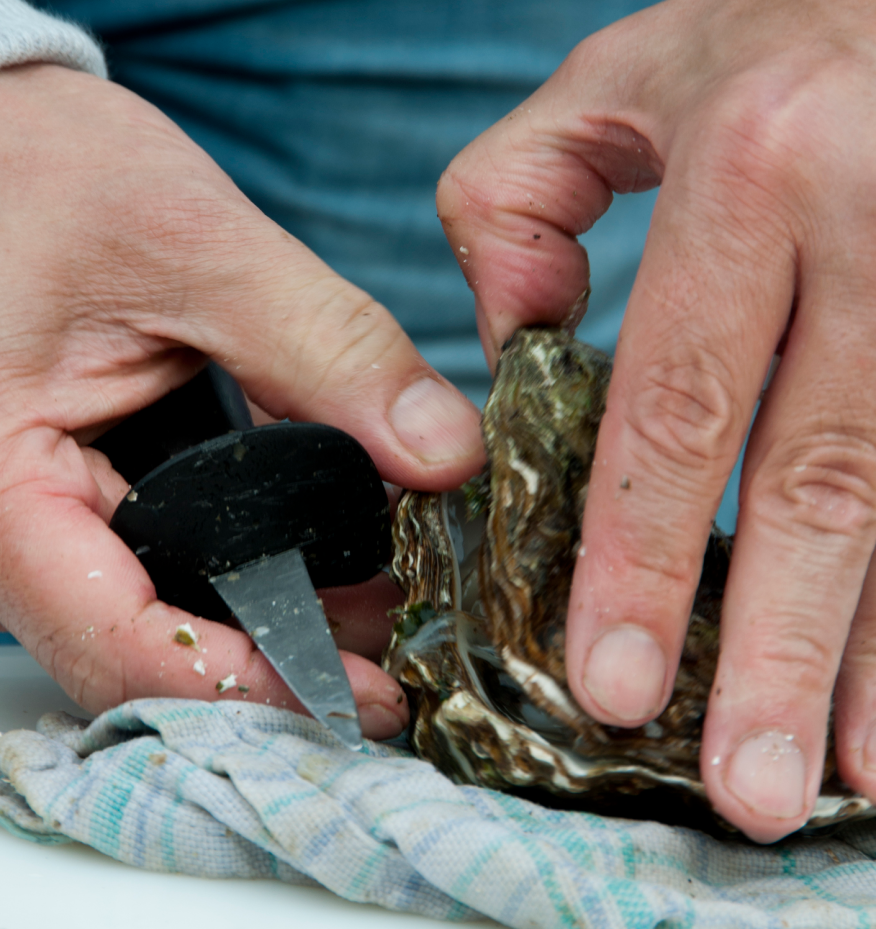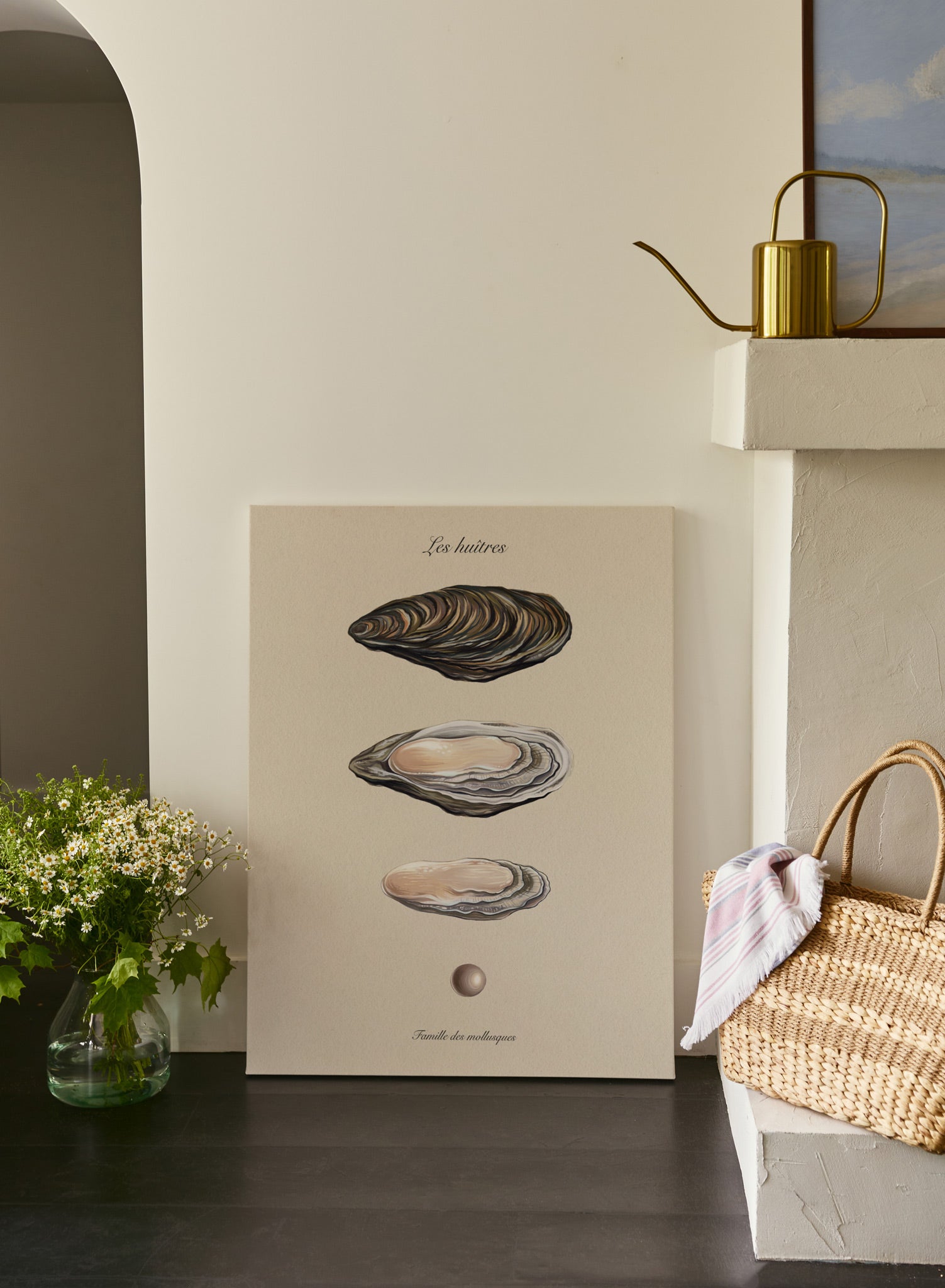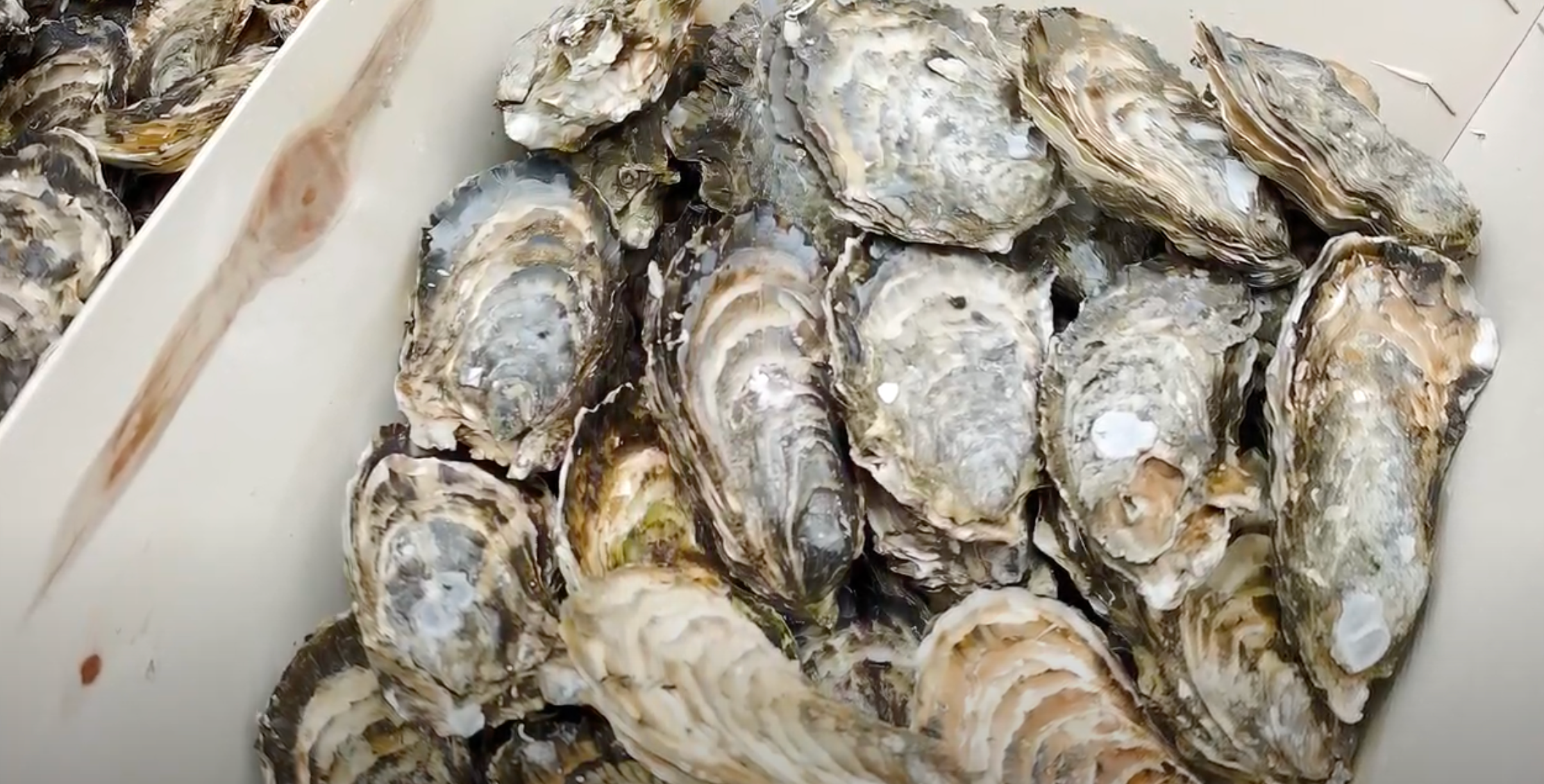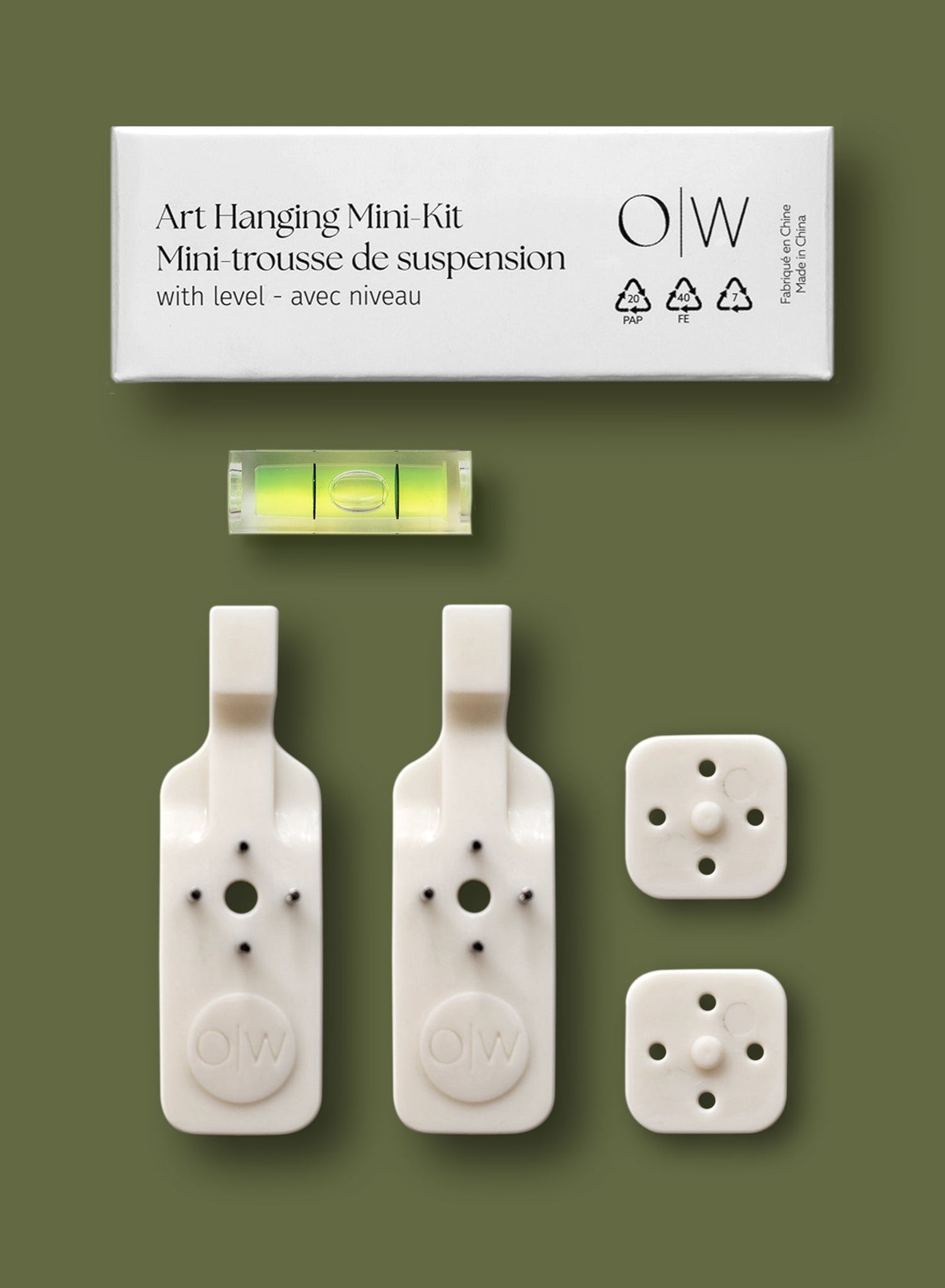How to shuck an oyster like a pro
Oysters have sustained the poor and adorned the tables of the rich since the dawn of humanity. It’s the most beautifully poetic food, and also, for some, a professional expertise: did you know there are international competitions for the fastest oyster shuckers? Or that Montreal is home to an ex-Guinness World Records holder for shucking?

Known as Mr. Shucker, Daniel Notkin is a co-producer of the fascinating documentary SHUCKERS, as well as the founder of the Montreal Oysterfest and an oyster broker for some of the city’s most famous restaurants. We asked the expert for his top shucking tips.
What’s your streamlined, award-winning method for shucking an oyster?
Your entire goal is to open the oyster and detach the adductor muscle from the top of the shell without damaging the flesh. It’s a gentle process. Here’s how I do it:
1. Place a tea towel in an S formation, partly under the oyster to avoid slipping, partly over your hand to protect it.
2. Hold the oyster cup-side down, i.e. the side with the biggest belly down against the table.
3. Place the point of your oyster knife at the hinge of the oyster at a 45 degree angle.
4. Apply forward pressure, and gently torsion your wrist to work your way into it.
5. Once you hit that sweet spot when you get in deep enough to open it, run your knife gently along the top of the shell, still at a 45 degree angle, to cut through the adductor muscle that keeps the flesh attached to the shell.
6. Remove the top shell, then gently scrape your knife against the bottom shell to free that side up too. Voilà!
What are some tips for hosting a great oyster party at home?
A good rule of thumb is to serve 3 and 6 oysters a person if there’s other food, or 10 a person if they really love them. (Who am I to judge? I’d eat 50!)
To prepare for a large group you can pre-shuck some oysters; nice oysters can stay out for up to an hour on a bed of crushed ice.
You can shuck in shifts, or choose a dedicated shucker and let it be part of the show. People love watching shuckers — they love the risk factor! It’s part of the experience, part of the story. If I stab myself, that’s a story to tell.
How do you feel about mignonette?
Lovely! There’s a time and a place for everything. A classic mignonette is a great way to flavour an oyster; or a squeeze of lemon. Oysters are a blank canvas of possibilities. You can put anything on them so long as you don’t overwhelm their natural flavour. No cocktail sauce!
Do you have a best-oyster-ever story?
I have a couple. First is when I went to China for a travel article and we did oyster eating competitions on the Great Wall of China. That was just an extraordinary experience.
The second is the night when for the SHUCKERS doc we went out with my buddy Chopper in Wellfleet, Massachusetts, and ate some of his Deep Water Wellfleet oysters. He raises them by the bay there, where the salt water is fed by an influx of seven rivers. Eating those oysters with him at sunset, at low tide… the feel of that night was perfect.













